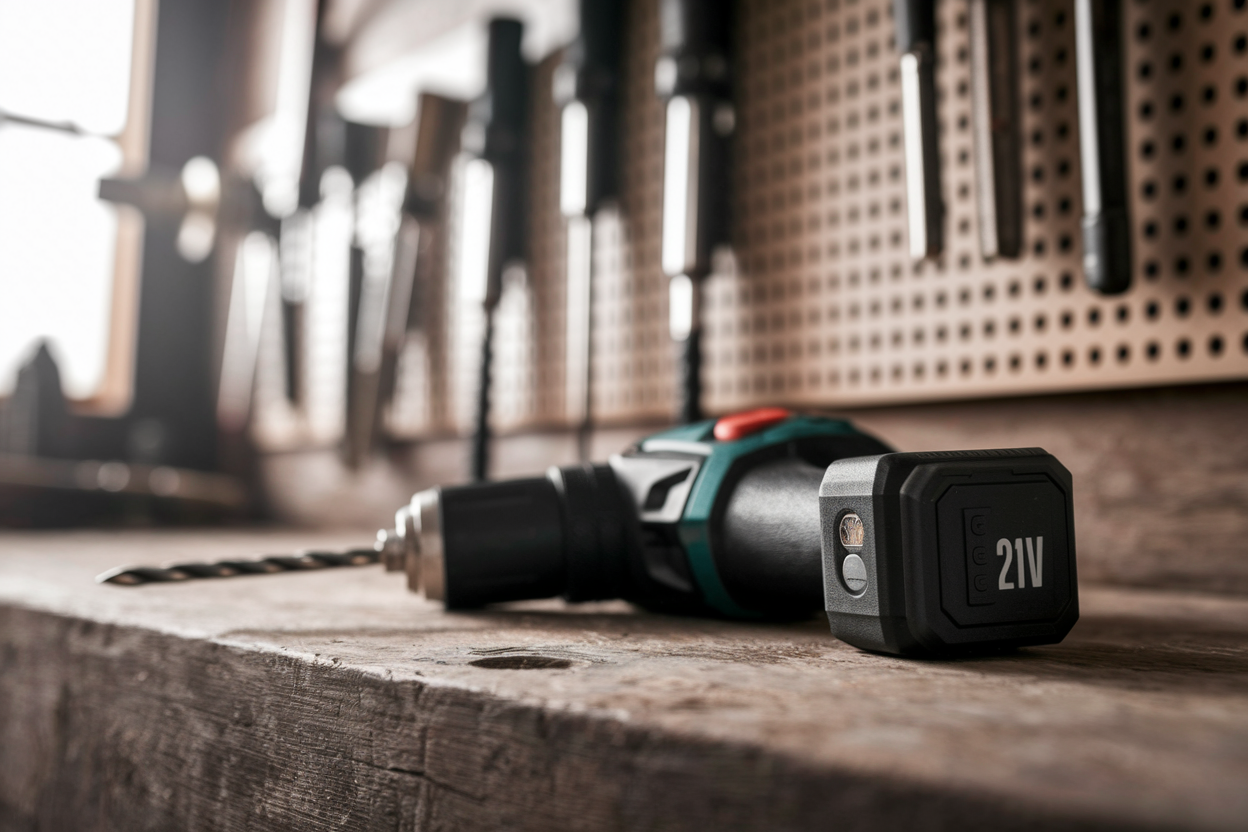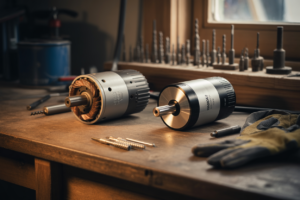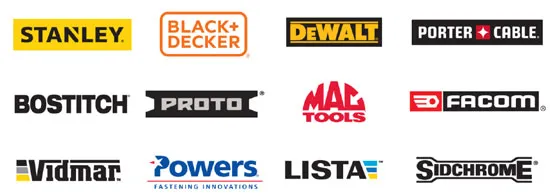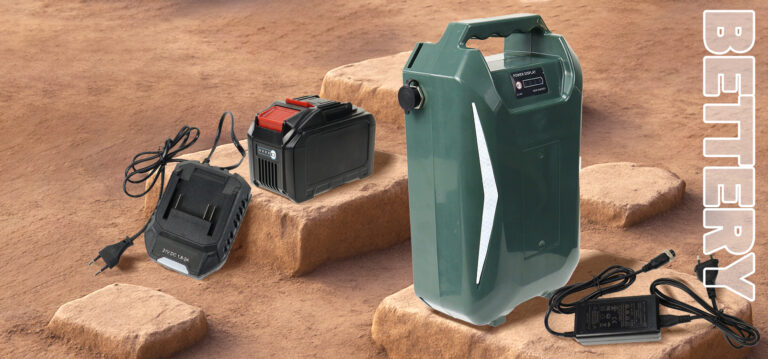
When I first saw "21V" on a cordless drill1, I wondered, "Is higher really better?" Like many of you, I've learned the answer isn't just about numbers—it's about understanding what's behind them.
The "21V" on a cordless drill refers to its battery voltage, indicating the power potential. Higher voltage usually means greater torque, speed, and longer runtime, impacting your drill’s overall performance significantly.
But is going higher always the right choice? Let's chat about how voltage affects performance and why picking the right one matters more than just picking the highest number on the box.
What voltage is best for a cordless drill?
Choosing the right voltage feels a bit like choosing coffee strength—personal and practical.
For typical DIY and home tasks, 12V-20V cordless drills hit the sweet spot. Professionals tackling heavy-duty jobs usually prefer 20V or higher for increased power and performance.

When I started selling cordless drills, I assumed everyone would grab the highest voltage available. Then I met customers like Deivis from Italy. He sources affordable, quality drills from China, rebrands them, and sells in Europe. He shared a valuable insight with me: higher voltage drills are fantastic for heavy-duty jobs like construction, large-scale woodworking, or automotive work. But they’re heavier, pricier, and sometimes overkill for typical household projects.
Here’s a quick guide to simplify the choice:
| Voltage | Best Use |
|---|---|
| 12V | Light tasks, tight spaces, home use |
| 18-21V | Most DIY projects, versatile tasks |
| 24V+ | Heavy-duty, professional-grade tasks |
So, choosing voltage is really about understanding your needs—not just chasing the biggest number.
How does the battery's voltage affect the performance of the cordless drill?
Voltage isn't just numbers—it’s your drill's energy level.
Higher battery voltage provides more torque, speed, and a longer run-time, making the drill capable of handling tougher materials and longer working sessions.
I once sourced a batch of low-voltage drills2 for a customer, thinking they would love the lower price point. The feedback? Disappointment. They struggled through basic tasks, overheating after prolonged use, and had limited torque when drilling into hardwood or metal. Lesson learned!
Here’s what voltage truly means for your drill:
- Torque: Higher voltage delivers greater torque—the turning force you need to drill through tough surfaces like hardwood or masonry.
- Speed: A higher voltage usually equals higher RPM, making tasks quicker and smoother.
- Runtime: More voltage often means longer battery life per charge, reducing downtime and frustration.
So, it's not just about buying "more power," but buying the right power.
How do I know if my cordless drill is powerful?
We've all wondered, "Is my drill powerful enough?" Let me simplify this.
Look at torque (Nm or in-lbs), voltage (V), and RPM (speed). A powerful cordless drill typically has at least 18-21V, torque above 40Nm (350 in-lbs), and variable RPM settings.
When Deivis first started sourcing drills, he told me about mistakenly choosing models with fancy designs but low torque ratings. They looked impressive—but couldn’t perform when it counted. The drills stalled on dense wood or thick metal, disappointing his customers.
To avoid this, always check these specs clearly listed on packaging or manuals:
| Feature | Ideal Range |
|---|---|
| Voltage | 18-21V (for most DIY and semi-pro tasks) |
| Torque | 40Nm+ (350 in-lbs+) |
| RPM | 0-1500+ RPM (variable preferred) |
Remember, real power isn't about looks—it's about performance under pressure.
What makes a cordless drill more powerful?
Behind every powerful drill is a balance of factors—not just one magic spec.
The main factors making a cordless drill powerful are high-quality motors (brushless preferred), higher battery voltage, increased torque, and efficient energy usage.
Let me share a little story: I once tested two drills—one had a brushed motor, and the other was brushless. Same voltage, similar price. The brushed one overheated easily, drained batteries faster, and eventually struggled through basic tasks. The brushless drill? Smooth, quiet, cooler, and impressively efficient even under tough conditions. That’s the difference technology and engineering quality make.
To dive deeper, consider these aspects:
Motor Type Matters:
- Brushless Motor: Efficient, less friction, less heat, longer lifespan.
- Brushed Motor: Cheaper but runs hotter and is less durable.
Battery Quality:
Using high-quality lithium-ion batteries dramatically boosts performance. Cheap batteries degrade faster, offer less consistent power, and result in frequent downtime.
So, powerful drills combine good motors, great batteries, and smart engineering—it's a team effort.
What is the best voltage for an impact drill?
Impact drills thrive on torque, but what's their voltage sweet spot?
For most homeowners and professionals alike, an 18-21V impact drill provides the best blend of power, performance, and manageable weight.
One of my clients, a wholesaler from Italy, initially preferred 12V impact drills due to their lightweight design and lower costs. But quickly, customers complained that the drills lacked the muscle needed for tougher screws and bolts. He then switched to 20V models and sales soared. Customers happily paid slightly more for drills that effortlessly handled tough tasks, saving time and frustration.
When choosing voltage, consider:
- 12V Impact Drills: Good for lighter tasks or overhead work.
- 18-21V Impact Drills: Ideal for most users, balancing power, comfort, and affordability.
- 24V+ Impact Drills: Best suited for constant professional use, handling very heavy-duty tasks.
What is the difference between 12V and 20V drill?
On paper, it's just an 8V difference—but practically, it’s worlds apart.
A 12V drill is lightweight and good for small tasks, whereas a 20V drill delivers significantly more torque, power, and runtime, making it suitable for demanding jobs.
Let me tell you about my workshop experience: I started with a 12V drill, loving how light it felt. But the moment I tackled heavier tasks—building a deck, assembling furniture, or drilling through steel—it quickly overheated and the battery drained fast. The upgrade to a 20V drill transformed my experience entirely: stronger torque, longer battery life, and it handled tougher tasks effortlessly.
Here's a quick comparison:
| Feature | 12V Drill | 20V Drill |
|---|---|---|
| Torque | Lower, for light tasks | High torque for heavy tasks |
| Runtime | Shorter | Longer runtime per charge |
| Weight | Lightweight, easy handling | Heavier, more durable |
| Uses | Simple DIY, small repairs | DIY, professional tasks |
Conclusion
Choosing the right voltage isn't about highest numbers—it’s matching power to your real-world needs. Understand your tasks first, then pick the drill voltage that delivers real, practical performance.







